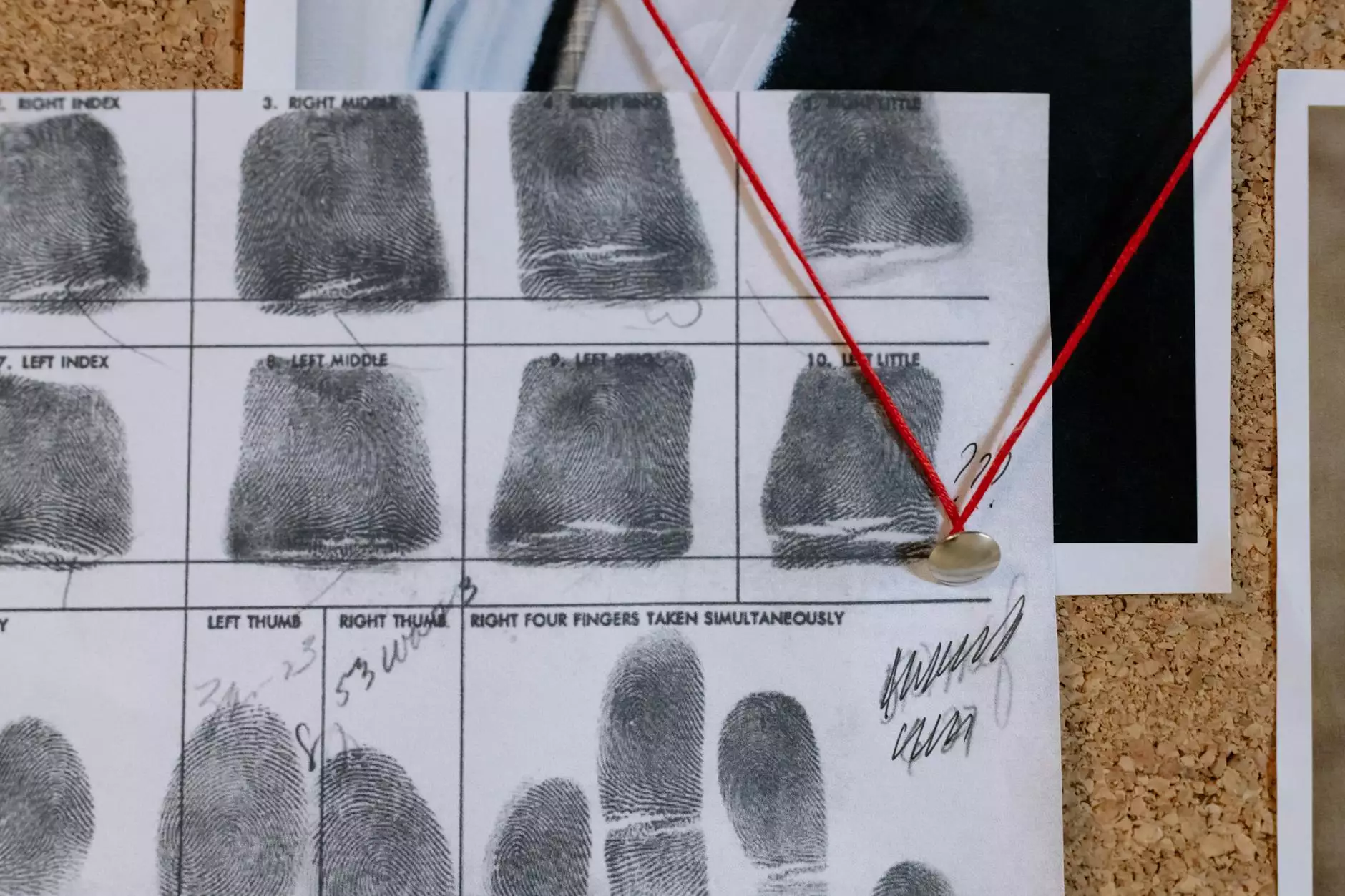Essential Guide to Checking Your Brake System

Introduction to Your Brake System
The brake system of your vehicle is a critical component that ensures not only your safety but also the safety of others on the road. Understanding how to check your brake system is vital for every vehicle owner. This article aims to provide a thorough and detailed approach to understanding, maintaining, and troubleshooting your brake system.
Why Regular Brake System Checks are Crucial
Brakes are one of the main systems that keep your vehicle safe while driving. Regular checks can prevent brake failure and accidents, ensuring that you stay safe on the road. To keep your brake system in optimal condition, it’s important to:
- Prevent costly repairs down the line.
- Ensure maximum performance and safety.
- Extend the lifespan of your brake components.
Key Components of the Brake System
Before diving into how to check your brake system, it's essential to understand its various components. The primary elements include:
- Brake Pads: These create friction against the rotor to slow down or stop the vehicle.
- Brake Rotors: The metal discs that the pads clamp down on to create stopping power.
- Brake Calipers: These house the brake pads and use hydraulic force to squeeze them against the rotors.
- Brake Fluid: This hydraulic fluid enables the transfer of force within the brake system.
- Master Cylinder: The component that generates the hydraulic pressure needed for braking.
How to Check Your Brake System: A Step-by-Step Guide
Checking your brake system doesn’t have to be a daunting task. Here’s a comprehensive guide to help you through the process:
Step 1: Visual Inspection
Start by visually inspecting the brake components. Look for:
- Brake Pads: Check for thickness. If they are less than 1/8 of an inch thick, it's time for a replacement.
- Brake Rotors: Look for grooves, scoring, or warping, which can affect braking performance.
- Brake Lines: Inspect for any signs of wear, cracking, or leaking fluid.
Step 2: Checking Brake Fluid Levels
Brake fluid is crucial for the operation of hydraulic brakes. Follow these steps:
- Locate the brake fluid reservoir, usually found near the back of the engine compartment.
- Check the fluid level against the markings on the side of the reservoir.
- If the fluid is low, top it off with the manufacturer-recommended brake fluid.
Step 3: Listening for Unusual Noises
While driving, pay attention to any strange noises such as:
- Squeaking: Often indicates that the brake pads are worn.
- Grinding: Suggests that the brake pads have worn down completely and may have damaged the rotors.
- Hissing: Could indicate a brake fluid leak.
Step 4: Testing Brake Performance
To test the performance of your brakes:
- Find a safe, open space.
- Accelerate to about 20 mph and apply the brakes firmly.
- Check for a smooth stop without any abnormal vibrations or pulling.
Step 5: Professional Inspection
If you encounter any issues or have any doubts, it’s wise to have a professional mechanic conduct a thorough inspection of your brake system. They can provide a more in-depth analysis and ensure that everything is functioning properly.
Common Brake System Problems and Solutions
Below are some common issues you might encounter with your brake system and their solutions:
1. Brake Fade
Cause: Brake fade occurs when the brakes overheat and lose effectiveness.
Solution: Allow the brakes to cool down. If this happens frequently, consider upgrading to performance brake pads or rotors.
2. Spongy Brake Pedal
Cause: A spongy brake pedal usually indicates air in the brake lines or low brake fluid.
Solution: Bleed the brake lines to remove air bubbles and check the fluid levels.
3. Pulling to One Side
Cause: This can be caused by uneven brake pads or issues with the brake calipers.
Solution: Replace worn brake pads and inspect calipers for proper operation.
4. Warning Lights
Cause: The brake warning light may indicate a problem with the fluid level or other components.
Solution: Check the brake fluid level and consult a mechanic if the light remains on.
Maintaining Your Brake System
Proper maintenance of your brake system can prevent most issues from occurring. Here are some maintenance tips:
- Regular Inspections: Check your brakes at least once a year or before long trips.
- Brake Pads Replacement: Replace brake pads as recommended by the manufacturer.
- Fluid Flushing: Replace brake fluid every 2 years to prevent contamination.
- Brake Rotor Resurfacing: Resurface or replace rotors when needed to maintain optimal performance.
Conclusion
Having a well-functioning brake system is crucial for the safety of your vehicle. By regularly checking and maintaining your brake system, you can ensure a safe driving experience for yourself and others. Always remember the importance of using high-quality auto parts and supplies, such as those found at imautoparts.com. Make your brake system inspections a priority and drive with confidence!
check brake system








